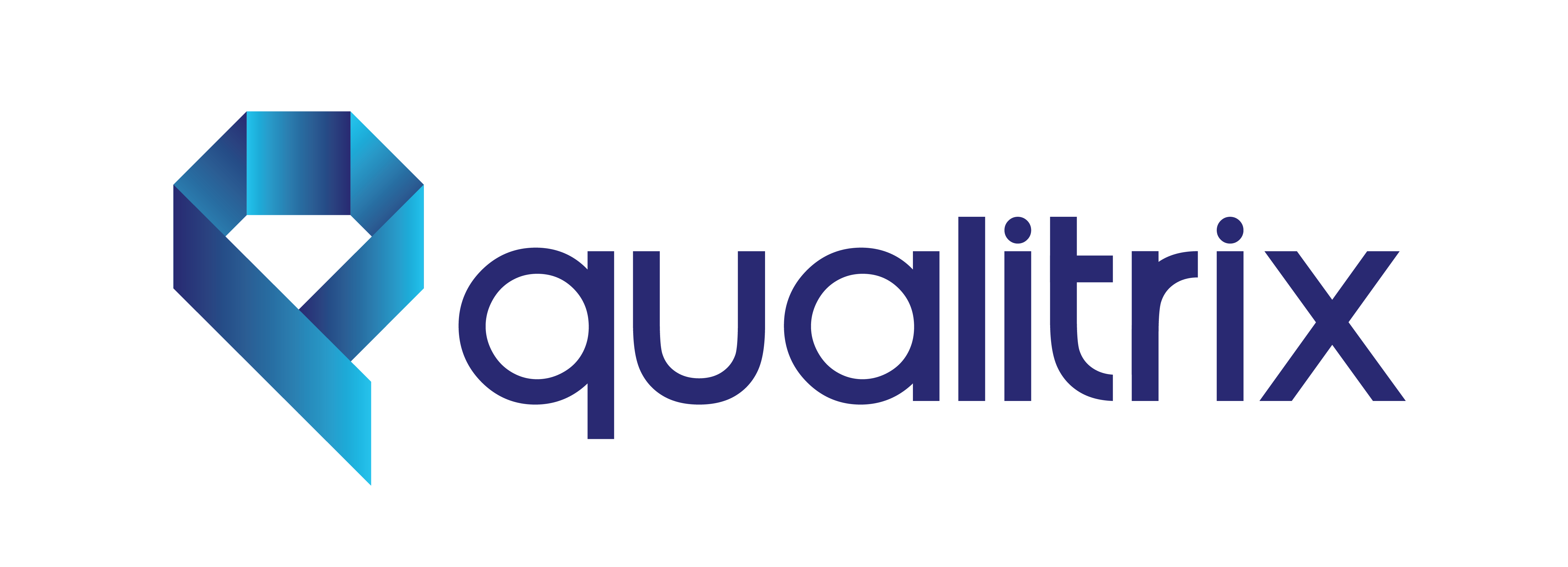Introduction
In the ever-evolving landscape of technology, Artificial Intelligence (AI) and Machine Learning (ML) have emerged as transformative forces, revolutionizing industries and reshaping the way we interact with software systems. As the reliance on AI and ML continues to grow, the importance of robust Quality Assurance (QA) practices becomes increasingly evident. In this blog, we will explore the essential QA best practices that organizations must embrace when developing and testing AI and ML systems.
- Collaboration from Inception: Bridging the Gap Between Teams
Best Practice: Foster collaboration between data scientists, developers, and QA teams from the project’s inception.
Rationale: Collaboration ensures a shared understanding of project goals, requirements, and potential challenges. Early involvement of QA teams helps in creating comprehensive test strategies and scenarios that align with the objectives of the AI and ML systems.
- Comprehensive Requirement Analysis: Understanding the Nuances
Best Practice: Conduct a thorough analysis of AI and ML system requirements, considering the nuances of model behavior and expected outcomes.
Rationale: Detailed requirement analysis is crucial for creating meaningful test cases. It helps QA teams understand the intricacies of the AI and ML models, enabling them to design test scenarios that cover various use cases and potential edge conditions.
- Data Quality Assurance: Ensuring the Foundation is Solid
Best Practice: Implement rigorous data quality assurance processes to ensure that training and testing datasets are diverse, representative, and free from biases.
Rationale: The quality of data directly impacts the performance of AI and ML models. QA teams must verify that datasets accurately represent the real-world scenarios the models are designed to handle, reducing the risk of biased or inaccurate results.
- Model Explainability and Interpretability: Shedding Light on the Black Box
Best Practice: Emphasize testing strategies that focus on understanding the decision-making process of AI and ML models.
Rationale: While these models are often considered “black boxes,” efforts should be made to uncover their decision logic. Implement testing approaches that provide insights into how the models arrive at specific outcomes, aiding in both testing and enhancing overall system transparency.
- Continuous Testing: Keeping Pace with Model Evolution
Best Practice: Adopt continuous testing practices to keep test cases and scripts updated in tandem with the evolution of AI and ML models.
Rationale: AI and ML models are dynamic and may undergo frequent changes. Continuous testing ensures that test cases remain relevant, providing real-time feedback on the performance of the evolving models.
- Performance Testing at Scale: Preparing for Real-World Demands
Best Practice: Incorporate performance testing methodologies that simulate real-world scenarios and assess the scalability of AI and ML applications.
Rationale: AI and ML systems must perform efficiently in varied scenarios and handle large datasets. Performance testing helps identify bottlenecks, ensuring the system’s capability to scale and meet the demands of real-world usage.
- Security Testing: Safeguarding Sensitive Information
Best Practice: Prioritize security testing to identify vulnerabilities and protect sensitive information processed by AI and ML systems.
Rationale: Security is paramount, especially when dealing with sensitive data. QA teams must integrate security testing into their processes, identifying and addressing potential vulnerabilities to ensure the robustness of the overall system.
- Test Oracles and Metrics: Defining Success Criteria
Best Practice: Work closely with domain experts to establish clear test oracles and metrics that define the success criteria for AI and ML applications.
Rationale: Determining what constitutes success in AI and ML testing can be complex. Collaboration with domain experts helps define meaningful success criteria, allowing QA teams to evaluate the system’s performance based on real-world expectations.
- Automation and AI-Driven Testing: Maximizing Efficiency
Best Practice: Leverage automation and AI-driven testing tools to enhance testing efficiency and coverage.
Rationale: Automation streamlines repetitive testing tasks and accelerates the testing process. AI-driven testing tools can analyze large datasets, identify patterns, and optimize test case execution, contributing to more efficient and effective QA processes.
- Regulatory Compliance: Meeting Legal and Ethical Standards
Best Practice: Stay informed about regulatory frameworks and ensure that AI and ML systems comply with legal and ethical standards.
Rationale: AI and ML applications may be subject to regulatory requirements, especially when handling sensitive data. QA teams must work in collaboration with legal and compliance teams to align testing practices with industry standards and regulations.
Conclusion
QA is an indispensable aspect of the development lifecycle, and its significance amplifies when dealing with the intricacies of AI and ML systems. By embracing these best practices, organizations can build a solid foundation for developing and testing AI and ML applications, ensuring reliability, transparency, and compliance with industry standards. As AI and ML technologies continue to evolve, an agile and collaborative QA approach will be instrumental in achieving excellence in software development and maintaining the trust of end-users in these advanced systems.

